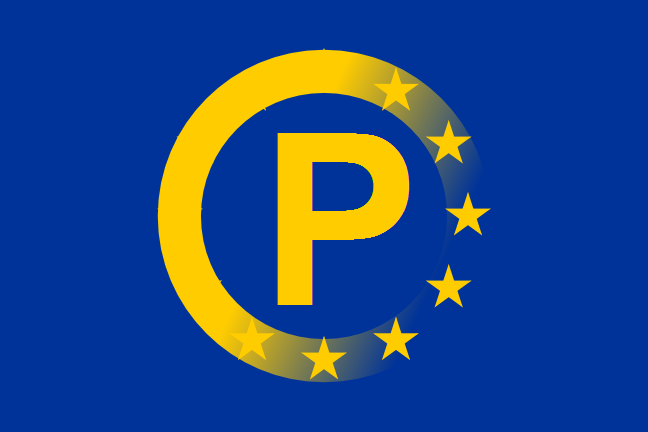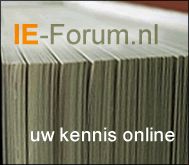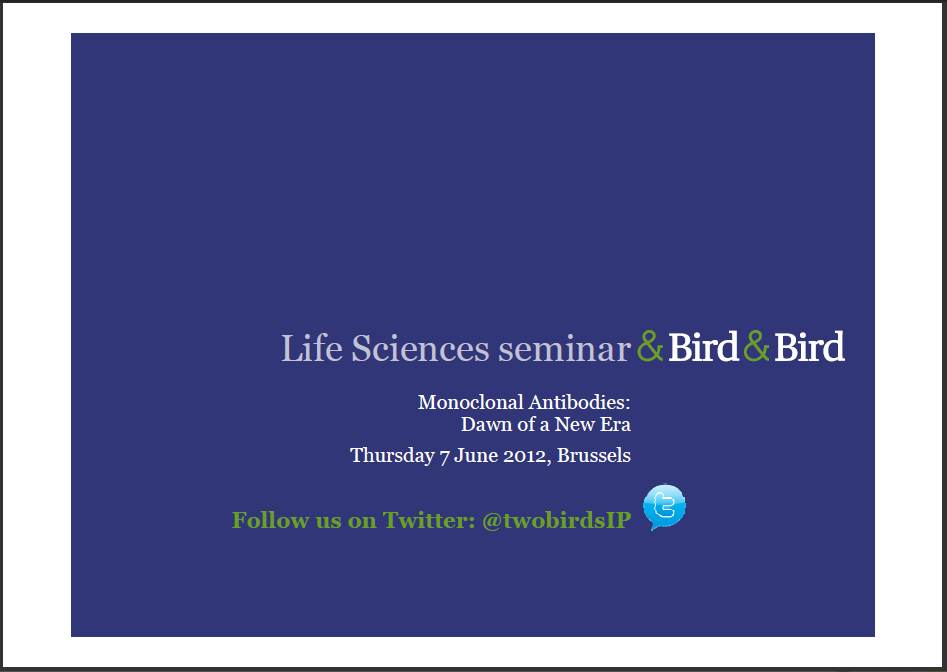Reactie motie monopolisering in Nederlandse veredelingssector
Beleidsnota Biotechnologie - reactie motie monopolisering in Nederlandse veredelingssector, Kamerstukken II 2012/13, 27 428, nr. 246.
%20wikimedia.png) In deze motie werd verzocht onderzoek te verrichten naar de mate, vormen en mogelijke maatschappelijke gevolgen van verdere monopolisering in de Nederlandse veredelingssector. Naar aanleiding van de motie Wiegman-Van Meppelen Scheppink en Dijkgraaf heeft mijn ambtsvoorganger SEO Economisch Onderzoek gevraagd monopolisering in de Nederlandse veredelingssector te onderzoeken. Het rapport «Concurrentie in de kiem» dat als bijlage bij deze brief is gevoegd, is het resultaat daarvan.
In deze motie werd verzocht onderzoek te verrichten naar de mate, vormen en mogelijke maatschappelijke gevolgen van verdere monopolisering in de Nederlandse veredelingssector. Naar aanleiding van de motie Wiegman-Van Meppelen Scheppink en Dijkgraaf heeft mijn ambtsvoorganger SEO Economisch Onderzoek gevraagd monopolisering in de Nederlandse veredelingssector te onderzoeken. Het rapport «Concurrentie in de kiem» dat als bijlage bij deze brief is gevoegd, is het resultaat daarvan.
Uit het onderzoek blijkt tevens dat de concentratie in de veredelingssector twee typen oorzaken heeft, te weten:
a. economisch: de belangrijkste zijn schaal- en synergievoordelen in het innovatieproces, fusies en overnames en mondialisering.
b. institutioneel: intellectueel eigendomsbescherming, tot uiting komend in de doorlooptijd en kosten van octrooiaanvragen en vergunningen voor de ontwikkeling en het vermarkten van ggo’s.Met de opkomst van de biotechnologie in de plantenveredeling en de introductie van genetische modificatie groeide ook de belangstelling voor het aanwenden van het octrooirecht als IE-beschermingssysteem. In Europa laat het octrooirecht sinds 1998, het jaar van de aanneming van de EU-Biotechnologierichtlijn3, octrooien toe voor planteigenschappen.
(...)
Actuele ontwikkeligen intellectueel eigendomsrecht
In het rapport stippen de onderzoekers de discussie aan die in uw Kamer gaande is om de balans tussen bescherming van en toegang tot biologisch materiaal te herstellen. Het herstellen van de balans tussen kwekersrecht en octrooirecht is mogelijk op basis van de oplossingsrichtingen aangedragen door het rapport van de heer Trojan, het voorstel tot wijziging van artikel 53b van de Rijksoctrooiwet 1995 in verband met de invoering van een beperkte veredelingsvrijstelling en door de invoering van een gedragscode voor licenties.

 Zustersites
Zustersites 
 Uit't persbericht
Uit't persbericht














